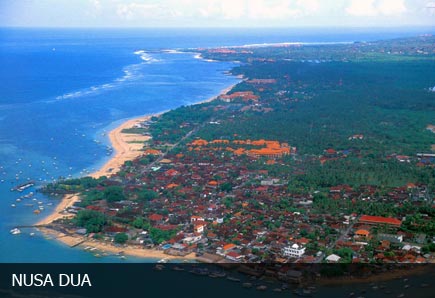Bali is one of Province
of Indonesia Archipelago
led by an elected Governor. For governmental administration purpose the island
is divided into 8 Kabupaten (Regencies): Badung, Bangli, Buleleng, Gianyar,
Jembrana, Karangasem, Klungkung, and Tabanan, and one municipality, the
Kotamadya of Denpasar. Each Kabupaten (Regency) is headed by a Bupati (Regent),
while the municipality
of Denpasar is led by a
Walikota (Mayor).
Every Kabupaten, and Kotamadya, consists of several
Kecamatan (Districts), which are headed by Camats (the Chief of the District).
A Kecamatan has several Desa-Administratips, the administrative village, with
an elected Chief of Administrative Village Kepala Desa/Perbekel in every
village to manage the governmental administration. Beside the Kepala
Desa/Perbekel there are several traditional Chiefs of village, The Bendesa
Adats, who are responsible for the traditional and religious affairs in every
Desa Adat (Village Custome), the Traditional
Village. Usually a Desa
Adat has a smaller area than the Desa-Administratip, which means there are
several Desa Adats in a Desa-Administratip.
The smallest society is a Banjar, the association of a
number of families, with its various sub-associations (women association (PKK),
youth club (Sekaa Truna Truni), Traditional Music Club (Sekaa Gong), Dance
Group, etc). A Banjar is led by its two elected Chiefs, The Kelian Dinas who
assists the Kepala Desa/Perbekel, and the traditional chief Kelian Adat who
assists the Bendesa Adats. The condition and the progress of a Banjar’s members
could be easily indicated by the condition of its Public hall Balai Banjar, and
its alarm-drums tower, the Bale Kul-Kul.




































